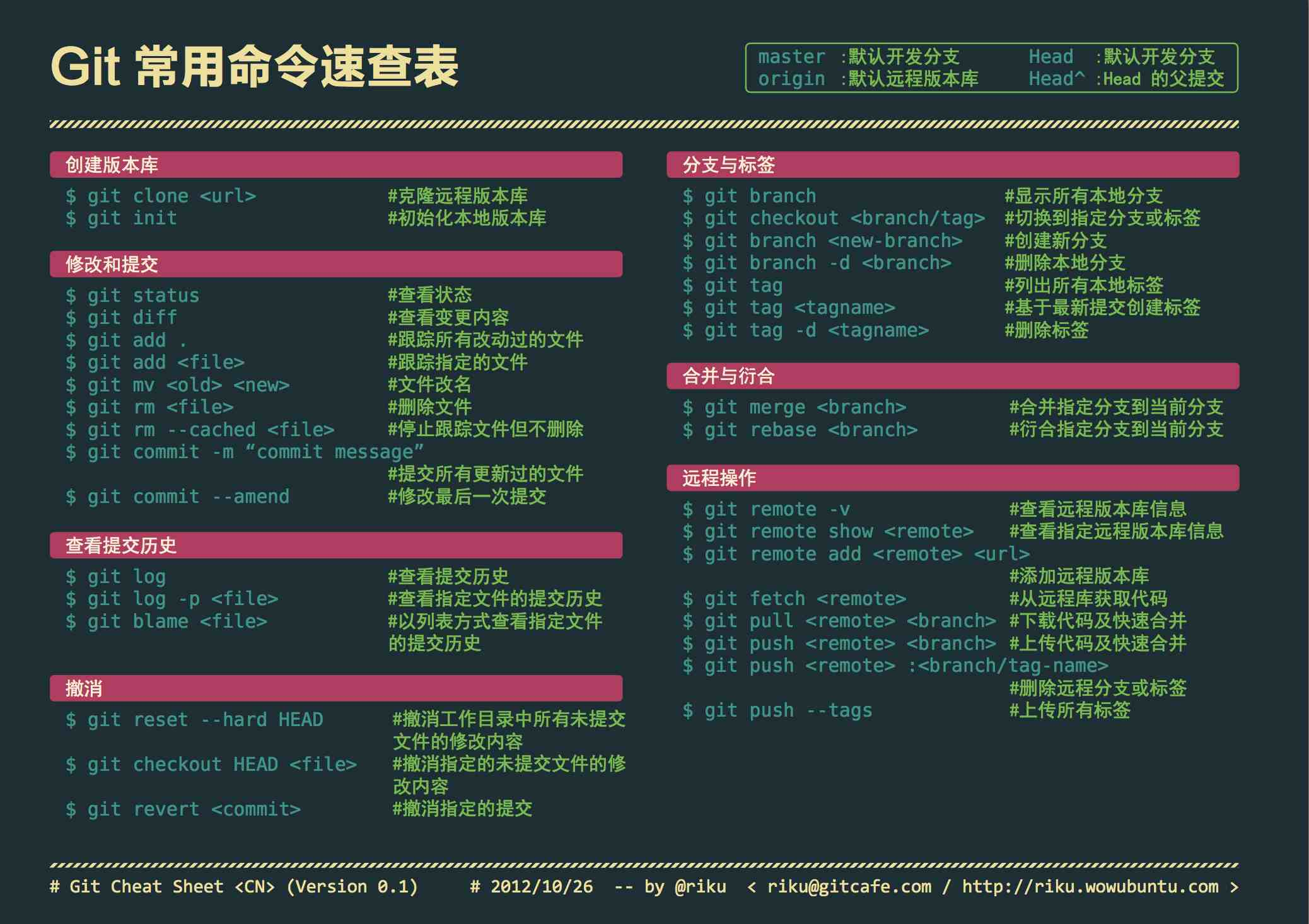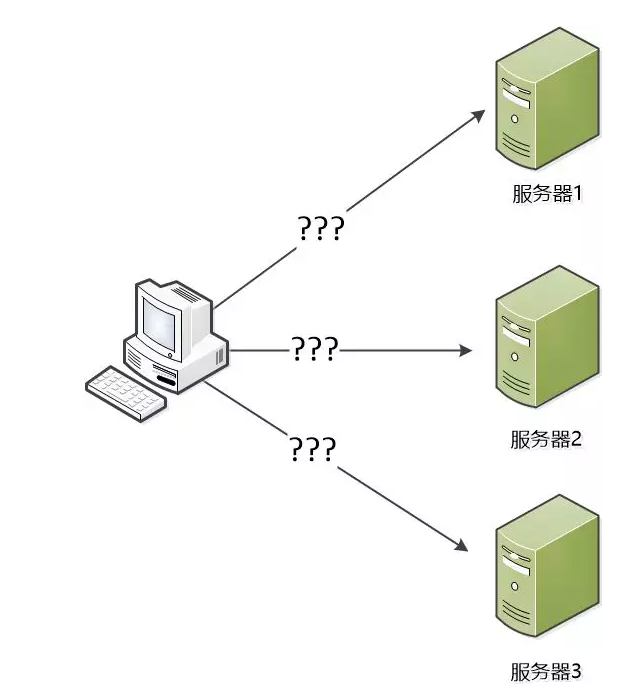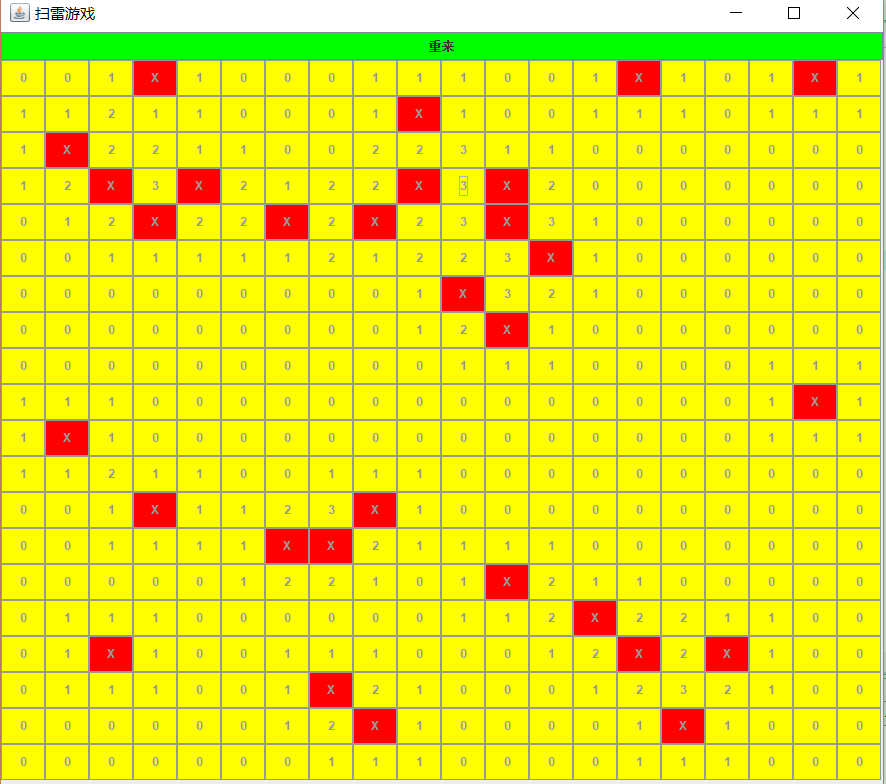C#开发WinForm之Http请求
C#开发WinForm之Http请求
文章目录
- C#开发WinForm之Http请求
- 前言
- http请求工具库里
- 使用方法
- Get请求
- Post请求
- 扩展
- 文件上传
- 文件下载
前言
HTTP请求是常见的web开发请求,简历也容易上手,当然对于 前端来说,jsweb的http很熟悉,而换种语言的c#是怎样的呢?
Newtonsoft.Json是一个处理json格式的c#库,我们可以去下载它并学习使用它。
http请求工具库里
我的工具库里使用了HttpClient。
using System;using System.Collections.Generic;using System.Linq;using System.Text;using System.Threading.Tasks;using System.Net;using System.Net.Security;using System.IO;using System.Net.Http;using System.Net.Http.Headers;using System.Xml.Serialization;using DongliCAD.utils;using Newtonsoft.Json;using Newtonsoft.Json.Linq;using System.Windows.Forms;using System.Text.RegularExpressions;using Bricscad.ApplicationServices;using Bricscad.EditorInput;using DongliCAD.common;namespace DongliCAD.utils{class HttpUtil{/// <summary>/// get请求/// </summary>/// <param name="url"></param>/// <returns></returns>public static JObject GetResponse(string url){try{if (string.IsNullOrEmpty(url)){throw new ArgumentNullException("url");}if (url.StartsWith("https"))System.Net.ServicePointManager.SecurityProtocol = SecurityProtocolType.Tls;HttpClient httpClient = new HttpClient();httpClient.DefaultRequestHeaders.Accept.Add(new MediaTypeWithQualityHeaderValue("application/json"));if (GlobalData.Authorization.Length > 0){httpClient.DefaultRequestHeaders.Add("Authorization", GlobalData.Authorization);}HttpResponseMessage response = httpClient.GetAsync(url).Result;StatusCodeHandler(response);if (response.IsSuccessStatusCode){string result = response.Content.ReadAsStringAsync().Result;JObject jo = (JObject)JsonConvert.DeserializeObject(result);return jo;}}catch(Exception e){string msg = e.InnerException.InnerException.Message;if(msg == "无法连接到远程服务器"){AlertUtil.Show("服务器无响应,请重新配置环境");exceptionHandler("连接失败");}}return new JObject();}public static T GetResponse<T>(string url)where T : class, new(){T result = default(T);if (string.IsNullOrEmpty(url)){throw new ArgumentNullException("url");}if (url.StartsWith("https"))System.Net.ServicePointManager.SecurityProtocol = SecurityProtocolType.Tls;HttpClient httpClient = new HttpClient();httpClient.DefaultRequestHeaders.Accept.Add(new MediaTypeWithQualityHeaderValue("application/json"));if (GlobalData.Authorization.Length > 0){httpClient.DefaultRequestHeaders.Add("Authorization", GlobalData.Authorization);}try {HttpResponseMessage response = httpClient.GetAsync(url).Result;StatusCodeHandler(response);if (response.IsSuccessStatusCode){Task<string> t = response.Content.ReadAsStringAsync();string s = t.Result;result = JsonConvert.DeserializeObject<T>(s);}}catch(Exception e){string msg = e.InnerException.InnerException.Message;if(msg == "无法连接到远程服务器"){AlertUtil.Show("服务器无响应,请重新配置环境");exceptionHandler("连接失败");}}return result;}/// <summary>/// post请求/// </summary>/// <param name="url"></param>/// <param name="postData">post数据</param>/// <returns></returns>public static JObject PostResponse(string url, string postData){if (string.IsNullOrEmpty(url)){throw new ArgumentNullException("url");}if (url.StartsWith("https"))System.Net.ServicePointManager.SecurityProtocol = SecurityProtocolType.Tls;HttpContent httpContent = new StringContent(postData);httpContent.Headers.ContentType = new MediaTypeHeaderValue("application/json");HttpClient httpClient = new HttpClient();if (GlobalData.Authorization.Length > 0){httpClient.DefaultRequestHeaders.Add("Authorization", GlobalData.Authorization);}try {HttpResponseMessage response = httpClient.PostAsync(url, httpContent).Result;StatusCodeHandler(response);AuthorizationHandler(response, url);if (response.IsSuccessStatusCode){string result = response.Content.ReadAsStringAsync().Result;JObject jo = (JObject)JsonConvert.DeserializeObject(result);return jo;}}catch (Exception e){string msg = e.InnerException.InnerException.Message;if (msg == "无法连接到远程服务器"){AlertUtil.Show("服务器无响应,请重新配置环境");exceptionHandler("连接失败");}}return new JObject();}private static Boolean StatusCodeHandler(HttpResponseMessage response){Boolean ct = true;String statusCode = response.StatusCode.ToString();string result = response.Content.ReadAsStringAsync().Result;JObject jo = (JObject)JsonConvert.DeserializeObject(result);if (statusCode == HttpStatusCode.Unauthorized.ToString()){AlertUtil.Show("请重新登陆");LoginForm login = new LoginForm();login.ShowDialog();} else if (statusCode == HttpStatusCode.Forbidden.ToString()){AlertUtil.Show("禁止访问" + jo["data"]["msg"]);}else if (statusCode == HttpStatusCode.NotFound.ToString()){AlertUtil.Show("请求失败");}else if(statusCode == HttpStatusCode.BadRequest.ToString()){AlertUtil.Show("400");}return ct;}private static void AuthorizationHandler(HttpResponseMessage response, string url){Regex reg = new Regex("(.+)/login$");Boolean isLogin = reg.IsMatch(url);if (isLogin){GlobalData.Authorization = getHeaderByKey(response, "Authorization");}}private static string getHeaderByKey(HttpResponseMessage response, string key){string result = "";string header = response.Headers.ToString();string[] headers = header.Split("\r\n".ToCharArray());if(headers.Count() > 0){foreach (string item in headers){Regex reg = new Regex("^" + key + ":(.+)");if (reg.IsMatch(item)){string[] tokens = item.Split(':');if (tokens[0].ToString() == key){result = tokens[1].ToString();break;}}else{reg = new Regex("^" + key + "=(.+)");if (reg.IsMatch(item)){string[] tokens = item.Split('=');if (tokens[0].ToString() == key){result = tokens[1].ToString();break;}}}}}return result;}/// <summary>/// 发起post请求/// </summary>/// <typeparam name="T"></typeparam>/// <param name="url">url</param>/// <param name="postData">post数据</param>/// <returns></returns>public static T PostResponse<T>(string url, string postData)where T : class, new(){if (string.IsNullOrEmpty(url)){throw new ArgumentNullException("url");}if (url.StartsWith("https"))System.Net.ServicePointManager.SecurityProtocol = SecurityProtocolType.Tls;HttpContent httpContent = new StringContent(postData);httpContent.Headers.ContentType = new MediaTypeHeaderValue("application/json");HttpClient httpClient = new HttpClient();T result = default(T);if (GlobalData.Authorization.Length > 0){httpClient.DefaultRequestHeaders.Add("Authorization", GlobalData.Authorization);}try{HttpResponseMessage response = httpClient.PostAsync(url, httpContent).Result;StatusCodeHandler(response);if (response.IsSuccessStatusCode){Task<string> t = response.Content.ReadAsStringAsync();string s = t.Result;result = JsonConvert.DeserializeObject<T>(s);}}catch (Exception e){string msg = e.InnerException.InnerException.Message;if (msg == "无法连接到远程服务器"){AlertUtil.Show("服务器无响应,请重新配置环境");exceptionHandler("连接失败");}}return result;}/// <summary>/// put请求/// </summary>/// <param name="url"></param>/// <param name="putData">put数据</param>/// <returns></returns>public static JObject PutResponse(string url, string putData = ""){if (string.IsNullOrEmpty(url)){throw new ArgumentNullException("url");}if (url.StartsWith("https"))System.Net.ServicePointManager.SecurityProtocol = SecurityProtocolType.Tls;HttpContent httpContent = new StringContent(putData);httpContent.Headers.ContentType = new MediaTypeHeaderValue("application/json");HttpClient httpClient = new HttpClient();if (GlobalData.Authorization.Length > 0){httpClient.DefaultRequestHeaders.Add("Authorization", GlobalData.Authorization);}try{HttpResponseMessage response = httpClient.PutAsync(url, httpContent).Result;StatusCodeHandler(response);if (response.IsSuccessStatusCode){string result = response.Content.ReadAsStringAsync().Result;JObject jo = (JObject)JsonConvert.DeserializeObject(result);return jo;}}catch (Exception e){string msg = e.InnerException.InnerException.Message;if (msg == "无法连接到远程服务器"){AlertUtil.Show("服务器无响应,请重新配置环境");exceptionHandler("连接失败");}}return new JObject();}/// <summary>/// delete请求/// </summary>/// <param name="url"></param>/// <returns></returns>public static JObject DeleteResponse(string url){if (string.IsNullOrEmpty(url)){throw new ArgumentNullException("url");}if (url.StartsWith("https"))System.Net.ServicePointManager.SecurityProtocol = SecurityProtocolType.Tls;HttpClient httpClient = new HttpClient();httpClient.DefaultRequestHeaders.Accept.Add(new MediaTypeWithQualityHeaderValue("application/json"));if (GlobalData.Authorization.Length > 0){httpClient.DefaultRequestHeaders.Add("Authorization", GlobalData.Authorization);}try{HttpResponseMessage response = httpClient.DeleteAsync(url).Result;StatusCodeHandler(response);string statusCode = response.StatusCode.ToString();if (response.IsSuccessStatusCode){string result = response.Content.ReadAsStringAsync().Result;JObject jo = (JObject)JsonConvert.DeserializeObject(result);return jo;}}catch (Exception e){string msg = e.InnerException.InnerException.Message;if (msg == "无法连接到远程服务器"){AlertUtil.Show("服务器无响应,请重新配置环境");exceptionHandler("连接失败");}}return new JObject();}private static void exceptionHandler(string msg){throw new DyConnectException(msg);}}}
其中
if (GlobalData.Authorization.Length > 0){httpClient.DefaultRequestHeaders.Add("Authorization", GlobalData.Authorization);}
是我登陆成功后返回的token,我把token放在header放在头部传给后台,如果具体业务不一样,可以修改。
使用try…catch当连接后台不成功时抛出异常。
DyConnectException是我自定义的一个异常类,用于处理连接后台不成功时的异常。
DyConnectException.cs
using System;using System.Collections.Generic;using System.Linq;using System.Text;using System.Threading.Tasks;namespace DongliCAD{class DyConnectException : Exception{public int status = 911;public string message;public DyConnectException(string message){this.message = message;}}}
其中Get和Post我提供了2种方式请求,一个是返回json格式的字段串,一个是解析成对象。
使用方法
Get请求
返回json格式字符串,这个字符串解析成JObject对象,(JObject是Newtonsoft.Json里对象)
JObject jObject = HttpUtil.GetResponse(“请求的url地址”);
取数据方式:jObject["code"].ToString()或jObject["code"]["code1"].ToString()
返回对象
ItemTypeRootVo itemTypeRootVo = HttpUtil.GetResponse
(“请求的url地址”);
ItemTypeRootVo是我自定义的对象,比如如下
using System;using System.Collections.Generic;using System.Linq;using System.Text;using System.Threading.Tasks;namespace DongliCAD.vo{public class ItemTypeRootVo{/// <summary>////// </summary>public int code { get; set; }/// <summary>////// </summary>public string msg { get; set; }/// <summary>////// </summary>public int error { get; set; }/// <summary>////// </summary>public List<ItemTypeVo> data { get; set; }}public class ItemTypeVo{/// <summary>////// </summary>public string uid { get; set; }/// <summary>/// 总装图/// </summary>public string itemTypeName { get; set; }/// <summary>/// 类型/// </summary>public string userTitle1 { get; set; }/// <summary>/// 中心高/// </summary>public string userTitle2 { get; set; }/// <summary>/// 总中心距/// </summary>public string userTitle3 { get; set; }/// <summary>/// 级数/// </summary>public string userTitle4 { get; set; }/// <summary>/// 输入轴轴径/// </summary>public string userTitle5 { get; set; }/// <summary>/// 输出轴轴径/// </summary>public string userTitle6 { get; set; }/// <summary>/// 输出力矩/// </summary>public string userTitle7 { get; set; }/// <summary>////// </summary>public string userTitle8 { get; set; }/// <summary>////// </summary>public int order { get; set; }}}
那么在请求成功后,会自动把json数据解析成ItemTypeRootVo对象,相对来说更方便些。
Post请求
返回字符串请求,这种请求的get类似,同时post需要向后台传递数据。使用JObject或JArray。
比如传递对象JObject jObj = new JObject();
jObj.Add(new JProperty("userId", userName));jObj.Add(new JProperty("password", password));JObject result = HttpUtil.PostResponse("请求的url地址", jObj.ToString());
或者传递数组
JObject jObj = new JObject();JArray jArray = new JArray();jObj.Add(new JProperty("uid", workspaceCadInfoVo.itemRevUid));jObj.Add(new JProperty("ctype", "ITEMREVISION"));jArray.Add(jObj);JObject result = HttpUtil.PostResponse("请求的url地址", jArray.ToString());
- 返回对象,同get一样。
扩展
文件上传
有时候我们需要上传文件,同时也上传数据。方法如下,以异步方式上传
/// <summary>/// post请求/// </summary>/// <param name="url"></param>/// <param name="postData">post数据</param>/// <returns></returns>public static JObject PostFileResponse(string url, MultipartFormDataContent postData){if (string.IsNullOrEmpty(url)){throw new ArgumentNullException("url");}if (url.StartsWith("https"))System.Net.ServicePointManager.SecurityProtocol = SecurityProtocolType.Tls;//HttpContent httpContent = new FormCo StringContent(postData);//postData.Headers.ContentType = new MediaTypeHeaderValue("application/json");HttpClient httpClient = new HttpClient();if (GlobalData.Authorization.Length > 0){httpClient.DefaultRequestHeaders.Add("Authorization", GlobalData.Authorization);}try{HttpResponseMessage response = httpClient.PostAsync(url, postData).Result;StatusCodeHandler(response);AuthorizationHandler(response, url);if (response.IsSuccessStatusCode){string result = response.Content.ReadAsStringAsync().Result;JObject jo = (JObject)JsonConvert.DeserializeObject(result);return jo;}}catch (Exception e){string msg = e.InnerException.InnerException.Message;if (msg == "无法连接到远程服务器"){AlertUtil.Show("服务器无响应,请重新配置环境");exceptionHandler("连接失败");}}return new JObject();}
使用方式
MultipartFormDataContent dataContent = new MultipartFormDataContent();//传文件string pdfFileName = "test.pdf";FileStream pdfFsRead = new FileStream("D:/test/" + pdfFileName, FileMode.Open, FileAccess.Read, FileShare.ReadWrite);byte[] pdfBytes = new byte[(int)pdfFsRead.Length];pdfFsRead.Read(pdfBytes, 0, pdfBytes.Length);//ByteArrayContent pdfArrayContent = new ByteArrayContent(File.ReadAllBytes("D:/test/" + pdfFileName));ByteArrayContent pdfArrayContent = new ByteArrayContent(pdfBytes);pdfArrayContent.Headers.Add("Content-Type", "multipart/form-data");dataContent.Add(pdfArrayContent, "files", pdfFileName);//传数据,注意格式是value-key,不是key-valuedataContent.Add(new StringContent("123"), "itemRevisionUid");dataContent.Add("456", "datasetUid");//请求接口JObject jObject = HttpUtil.PostFileResponse("请求的url地址", dataContent);
上面将文件和数据都放到MultipartFormDataContent对象里.
后台接口类似如下(使用kotlin语法写的。和java差不多)
/*** 保存图纸和pdf文档*/@PostMapping("/saveDrawingno")fun saveDrawingno(@RequestParam itemRevisionUid:Long,@RequestParam datasetUid: Long,@RequestParam files: Array<MultipartFile>): ResponseEntity<Any> {//逻辑部分}
实现了即上传文件又上传数据的功能。
文件下载
文件下载包括同步下载和异常下载。
工具类HttpDownUtil.cs如下:
using System;using System.Collections.Generic;using System.Linq;using System.Text;using System.Threading.Tasks;using System.Net;using System.Net.Security;using System.IO;using System.Net.Http;using System.Net.Http.Headers;using System.Xml.Serialization;using DongliCAD.utils;using Newtonsoft.Json;using Newtonsoft.Json.Linq;using System.Windows.Forms;using System.Text.RegularExpressions;using System.Collections.Specialized;namespace DongliCAD.utils{class HttpDownUtil{/**********************************************上传***************************************************************************/public static void SetHeaderValue(WebHeaderCollection header, string name, string value){var property = typeof(WebHeaderCollection).GetProperty("InnerCollection",System.Reflection.BindingFlags.Instance | System.Reflection.BindingFlags.NonPublic);if (property != null){var collection = property.GetValue(header, null) as NameValueCollection;collection[name] = value;}}/**********************************************下载***************************************************************************//********************同步下载***************************//// <summary>/// 同步下载/// Http下载文件/// </summary>public static string HttpDownloadFile(string url, string path){// 设置参数HttpWebRequest request = WebRequest.Create(url) as HttpWebRequest;if (GlobalData.Authorization.Length > 0){request.Headers.Add("Authorization", GlobalData.Authorization);}//发送请求并获取相应回应数据HttpWebResponse response = request.GetResponse() as HttpWebResponse;//直到request.GetResponse()程序才开始向目标网页发送Post请求Stream responseStream = response.GetResponseStream();//创建本地文件写入流Stream stream = new FileStream(path, FileMode.Create);byte[] bArr = new byte[1024];int size = responseStream.Read(bArr, 0, (int)bArr.Length);while (size > 0){stream.Write(bArr, 0, size);size = responseStream.Read(bArr, 0, (int)bArr.Length);}stream.Close();responseStream.Close();return path;}/********************异步下载***************************//// <summary>/// 异步回调/// </summary>/// <param name="result">Result.</param>private static void BeginResponseCallback(IAsyncResult result){DownloadTmp downloadInfo = (DownloadTmp)result.AsyncState;HttpWebRequest Request = downloadInfo.webRequest;HttpWebResponse Response = (HttpWebResponse)Request.EndGetResponse(result);if (Response.StatusCode == HttpStatusCode.OK || Response.StatusCode == HttpStatusCode.Created){string filePath = downloadInfo.filePath;if (File.Exists(filePath)){File.Delete(filePath);}//FileStream fs = new FileStream(filePath, FileMode.Create, FileAccess.Write);FileStream fs = File.OpenWrite(filePath);Stream stream = Response.GetResponseStream();int count = 0;int num = 0;if (Response.ContentLength > 0){downloadInfo.AllContentLength = Response.ContentLength;var buffer = new byte[2048 * 100];do{num++;count = stream.Read(buffer, 0, buffer.Length);downloadInfo.currentContentLength = num * buffer.Length;fs.Write(buffer, 0, count);if (downloadInfo.loadingCallback != null){float pro = (float)fs.Length / Response.ContentLength * 100;downloadInfo.loadingCallback((int)pro);}} while (count > 0);}fs.Close();Response.Close();if (downloadInfo.succeedCallback != null){downloadInfo.succeedCallback();}}else{Response.Close();if (downloadInfo.failedCallback != null){downloadInfo.failedCallback();}}}/// <summary>/// 下载文件,异步/// </summary>/// <param name="URL">下载路径</param>/// <param name="downloadPath">文件下载路径</param>/// <returns></returns>public static void HttpDownloadFileAsyn(string URL, ref DownloadTmp downloadInfo){HttpWebRequest Request = (HttpWebRequest)WebRequest.Create(URL);downloadInfo.webRequest = Request;Request.BeginGetResponse(BeginResponseCallback, downloadInfo);}}/// <summary>/// 下载请求信息/// </summary>public class DownloadTmp{/// <summary>/// 文件名/// </summary>public string fileName;/// <summary>/// 下载路径/// </summary>public string filePath;/// <summary>/// 下载进度回调/// </summary>public Action<int> loadingCallback;/// <summary>/// 完成回调/// </summary>public Action succeedCallback;/// <summary>/// 失败回调/// </summary>public Action failedCallback;/// <summary>/// webRequest/// </summary>public HttpWebRequest webRequest;public long AllContentLength;public long currentContentLength;}}
同步下载:HttpDownloadFile()
异步下载:HttpDownloadFileAsyn()
使用方式也很简单
DownloadTmp downloadTmp = new DownloadTmp();downloadTmp.filePath = @“D:\test\666.txt”;HttpDownloadZip(downUrl, ref downloadTmp);
其中在外部我们也可以访问downloadTmp里的参数。谁让它用ref修饰呢

































还没有评论,来说两句吧...